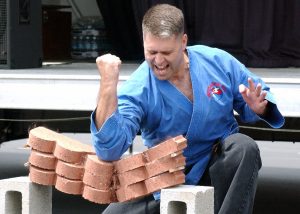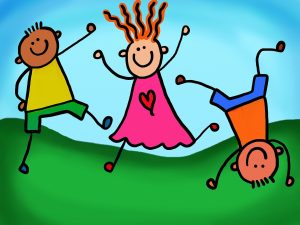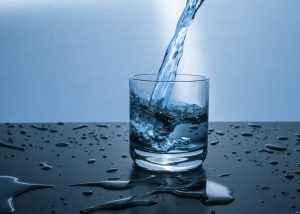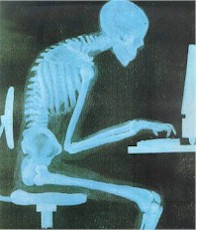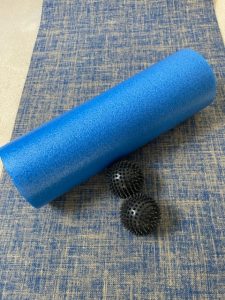Osteopathic treatment is a holistic approach to healthcare that aims to restore the body’s natural balance and promote healing. Unlike traditional medicine, which often focuses on treating symptoms, osteopathic treatment addresses the underlying causes of illness or injury.
If you are struggling with chronic pain, injuries, or other health issues, osteopathic treatment may be the solution you need. This form of treatment uses gentle manual techniques to improve mobility, reduce pain, and promote overall wellness.
Osteopaths are trained to look at the body as a whole, rather than just treating individual parts. This approach allows them to identify and treat the root cause of your condition, rather than just managing the symptoms.
Whether you are dealing with back pain, headaches, digestive issues, or other health problems, osteopathic treatment can help. It is a safe, non-invasive, and effective way to improve your health and wellbeing.
So if you are looking for a natural and effective way to address your health issues, consider seeking out osteopathic treatment. With the help of a skilled osteopath, you can achieve a better quality of life and live pain-free.

